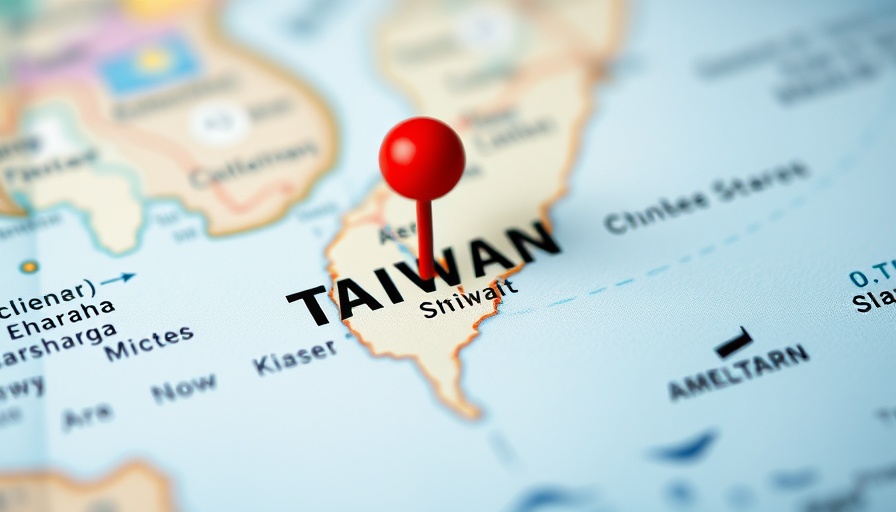
The Strategic Impact of the $600M FSO Contract in Vietnam
The recent announcement of a $600 million contract for a new Floating Storage and Offloading (FSO) unit by Yinson Production and PTSC South East Asia (PTSC SEA) holds significant implications for Vietnam's energy landscape. This partnership is a response to the country’s urgent need to enhance its energy security and infrastructure capabilities, particularly as it aims to escalate gas supply to major power complexes.
Understanding Floating Storage and Offloading Units
FSO units are essential for offshore oil and gas operations, equipped to store and offload hydrocarbons safely to tankers or pipelines. The newly contracted unit can store up to 350,000 barrels of condensate and is designed for continuous operation for up to 25 years without requiring drydocking. With Vietnam's increasing energy demands, this technology is crucial for ensuring steady gas production in the offshore Block B region.
Reflections on Vietnam’s Energy Future
With the Block B gas project positioned to supply over 5 billion cubic meters of natural gas each year, the partnership's success could lead to significant economic benefits, including job creation and increased energy exports. The contract is not just a commercial agreement; it represents a pivotal advancement in Vietnam's journey towards energy independence while supporting the growing offshore energy sector.
Broader Trends in Offshore Energy
This contract also highlights a shift in the offshore energy sector toward more sustainable and robust operations. Companies are increasingly investing in high-quality offshore assets to meet specific market needs, focusing on lifecycle sustainability. Such projects are pivotal as the global energy landscape evolves amidst transitional energy sources and climate considerations.
The Growth of Strategic Partnerships
This contract exemplifies the value of strategic partnerships. Yinson's collaboration with PTSC, in which it holds 49%, allows for shared expertise and resources, essential in maritime projects that demand high capital and technical proficiency. The success of this venture could serve as a model for future collaborations in the energy sector, reinforcing the importance of local partnerships in achieving greater efficiencies.
The Future of Offshore Infrastructure
As Vietnam enhances its offshore capabilities through contracts like this one, other nations may closely monitor the developments. This contract not only positions Vietnam as a player in the Asian energy market but also opens the door for other international firms looking to enter emerging markets. The implications here are twofold: while it boosts local infrastructure and energy reliability, it also places Vietnam as a competitive node in the regional energy hub.
Final Thoughts on the Contract
This $600 million contract underlines Vietnam's commitment to elevating its energy infrastructures as it integrates modern solutions to boost offshore production capabilities. As first condensate production from the Block B project is anticipated for late 2027, industry stakeholders are keenly watching the project's progression, signaling substantial opportunities for regional and international players alike.
In conclusion, the FSO contract is not just about numbers; it’s about transforming Vietnam's future in energy. As we advance towards more sustainable energy systems, stakeholders must remain vigilant in embracing innovation, which will be key to navigating the complexities of the upcoming energy landscape.
 Add Row
Add Row  Add
Add 




Write A Comment